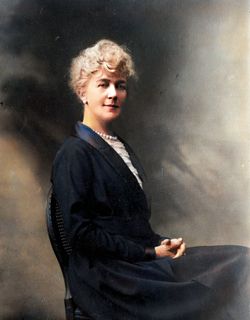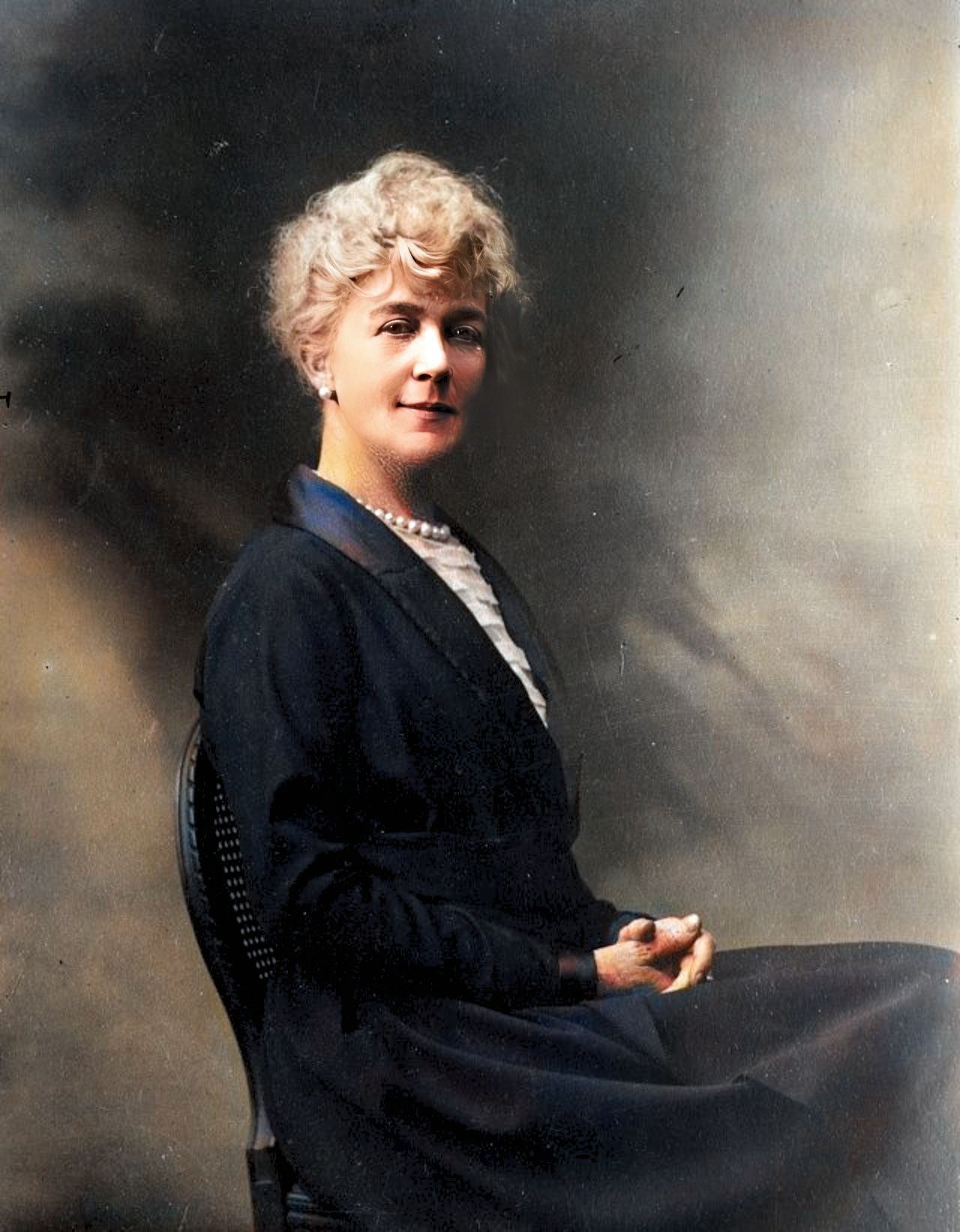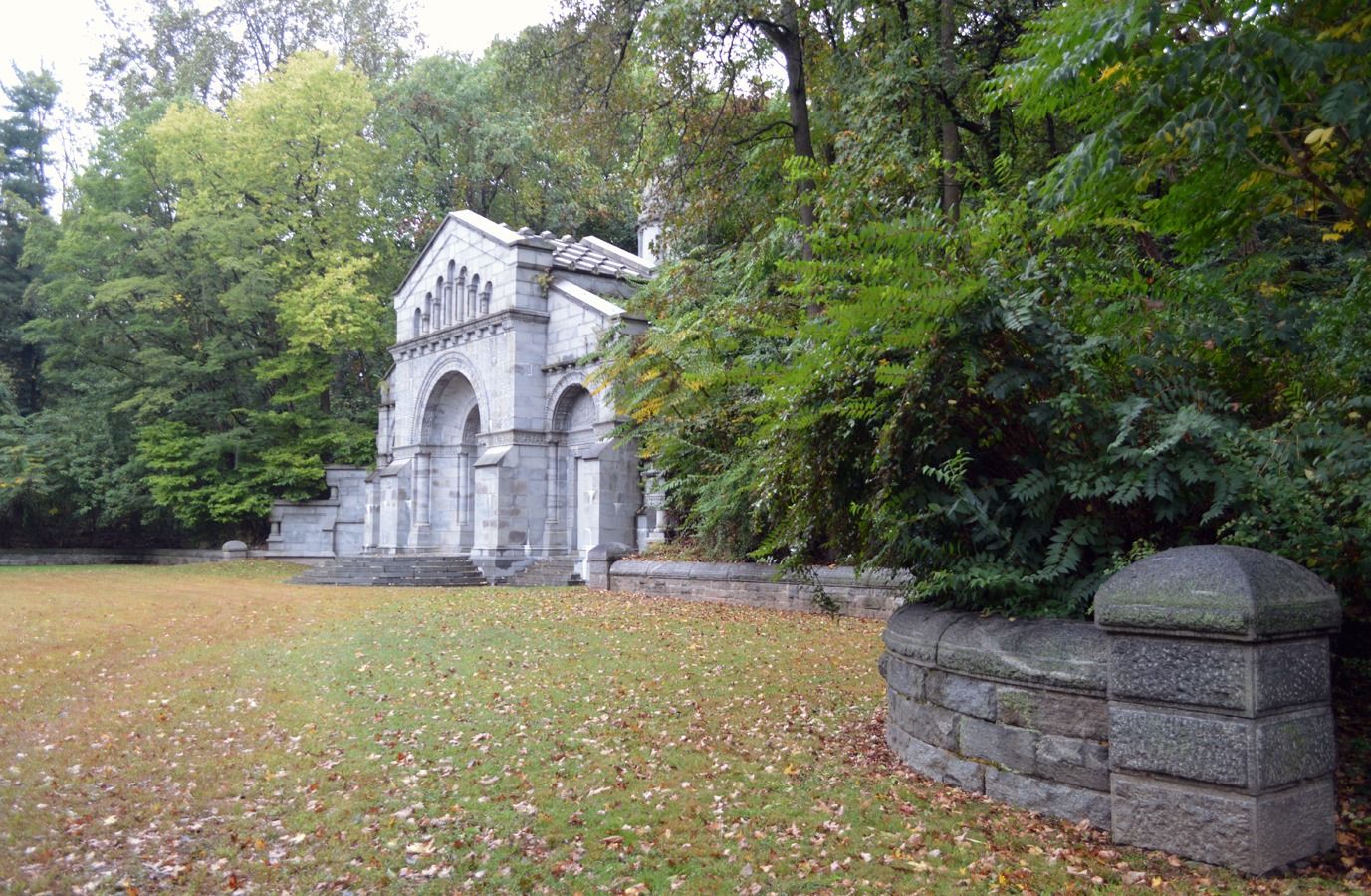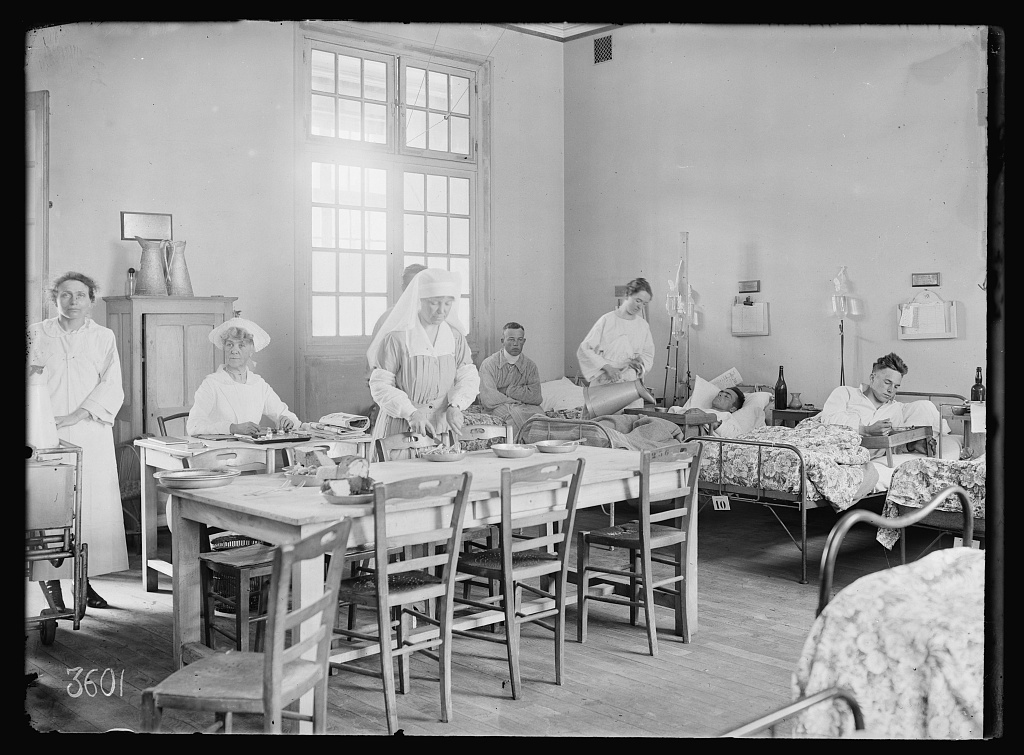The colorful International Society of the turn of the century saw in the marriage the beginning of a social feud. Mr. Vanderbilt's first wife, born Alva Smith, who became Mrs., Oliver H. P. Belmont, had established herself as New York's social leader as the first Mrs. William K. Vanderbilt. Mrs. Belmont opened the feud by refusing to welcome at Marble House, Newport, anyone who had entertained Mrs. Vanderbilt. This action, however, did not prevent Mrs. Vanderbilt from becoming the principal American hostess in France. Mrs. Vanderbilt received the class of the Legion of Honor in 1919 in recognition of her war work, and 12 years later she was made an officer of the legion. Although a social leader and a philanthropist on two continents Mrs. William K. Vanderbilt will be remembered particularly in Paris at this time for her work in behalf of France and the allies in the world war.
She was one of the leaders in founding the American ambulance at Neuilly from which emerged the present American Hospital. It was she, with Mrs. Anne Murray Dike and Miss Anne Morgan, who made possible the Museum of Franco-American Cooperation at Blerancourt. During the last war before the United States had entered it Mrs. Vanderbilt attended wounded at the Neuilly ambulance station and carried her interest in the allied cause to the United States where she helped raise funds for works of mercy. Her philanthropic donations were numerous and she took an interest in civic affairs in New York. In 1913 she advocated the employment of women for police work in New York City and came out against detailing police in plain clothes to arrest women in the street. Following the war Mrs. Vanderbilt divided her time largely between 1 Sutton Place and with her life long friends, Miss Anne Morgan and Miss Elizabeth Marbury, and Paris where she maintained a home at 10 rue Leroux and Europe generally. Mr. Vanderbilt died in 1920. Two sons were killed in automobile accidents. Anne died on April 20, 1940.
The colorful International Society of the turn of the century saw in the marriage the beginning of a social feud. Mr. Vanderbilt's first wife, born Alva Smith, who became Mrs., Oliver H. P. Belmont, had established herself as New York's social leader as the first Mrs. William K. Vanderbilt. Mrs. Belmont opened the feud by refusing to welcome at Marble House, Newport, anyone who had entertained Mrs. Vanderbilt. This action, however, did not prevent Mrs. Vanderbilt from becoming the principal American hostess in France. Mrs. Vanderbilt received the class of the Legion of Honor in 1919 in recognition of her war work, and 12 years later she was made an officer of the legion. Although a social leader and a philanthropist on two continents Mrs. William K. Vanderbilt will be remembered particularly in Paris at this time for her work in behalf of France and the allies in the world war.
She was one of the leaders in founding the American ambulance at Neuilly from which emerged the present American Hospital. It was she, with Mrs. Anne Murray Dike and Miss Anne Morgan, who made possible the Museum of Franco-American Cooperation at Blerancourt. During the last war before the United States had entered it Mrs. Vanderbilt attended wounded at the Neuilly ambulance station and carried her interest in the allied cause to the United States where she helped raise funds for works of mercy. Her philanthropic donations were numerous and she took an interest in civic affairs in New York. In 1913 she advocated the employment of women for police work in New York City and came out against detailing police in plain clothes to arrest women in the street. Following the war Mrs. Vanderbilt divided her time largely between 1 Sutton Place and with her life long friends, Miss Anne Morgan and Miss Elizabeth Marbury, and Paris where she maintained a home at 10 rue Leroux and Europe generally. Mr. Vanderbilt died in 1920. Two sons were killed in automobile accidents. Anne died on April 20, 1940.
Gravesite Details
Anne Vanderbilt was cremated, from 1940 - 1976 her ashes were kept at St Thomas Episcopal Church, then were moved to the Vanderbilt Mausoleum.
Family Members
See more Vanderbilt or Harriman memorials in:
- Vanderbilt Family Cemetery and Mausoleum Vanderbilt or Harriman
- New Dorp Vanderbilt or Harriman
- Richmond County Vanderbilt or Harriman
- New York Vanderbilt or Harriman
- USA Vanderbilt or Harriman
- Find a Grave Vanderbilt or Harriman

























